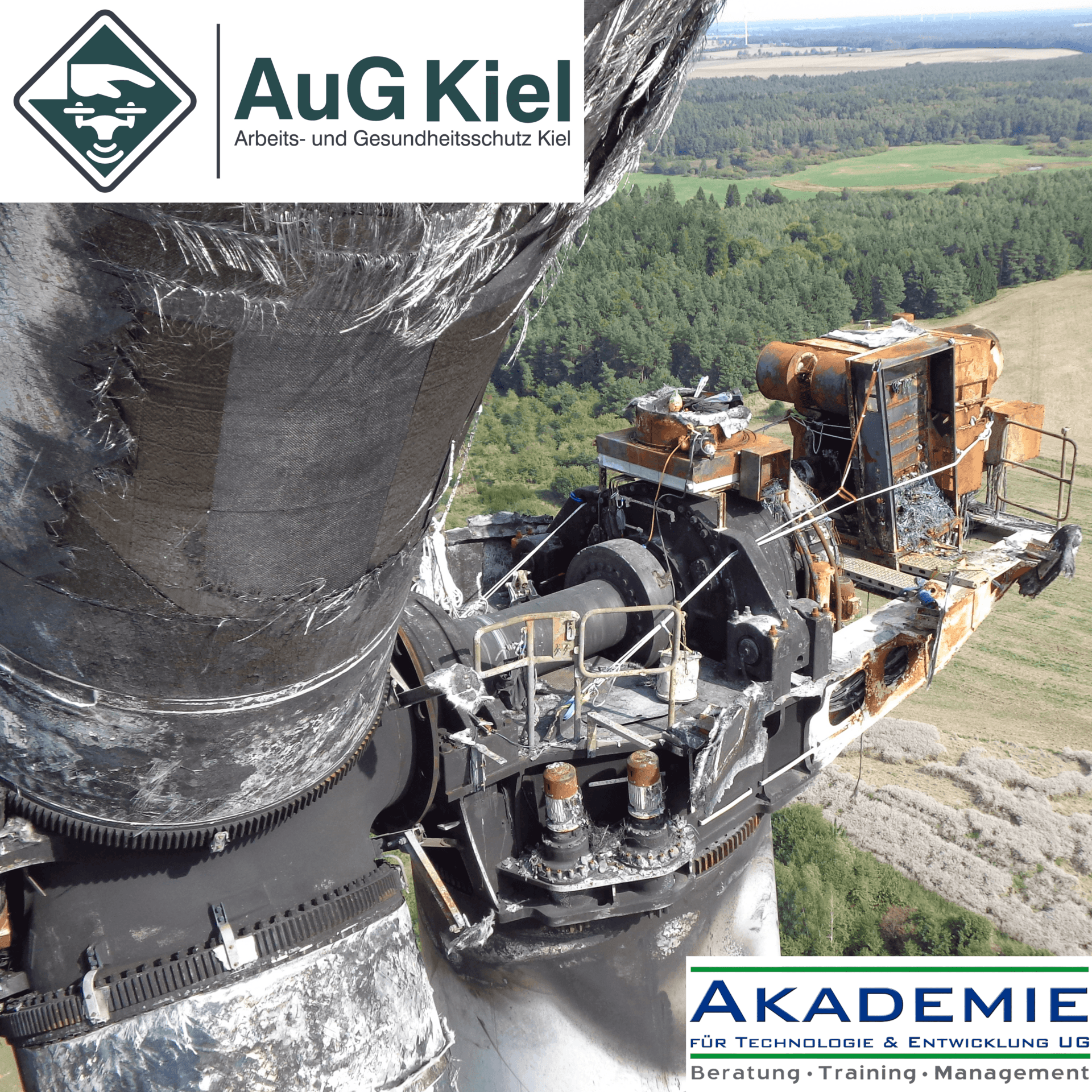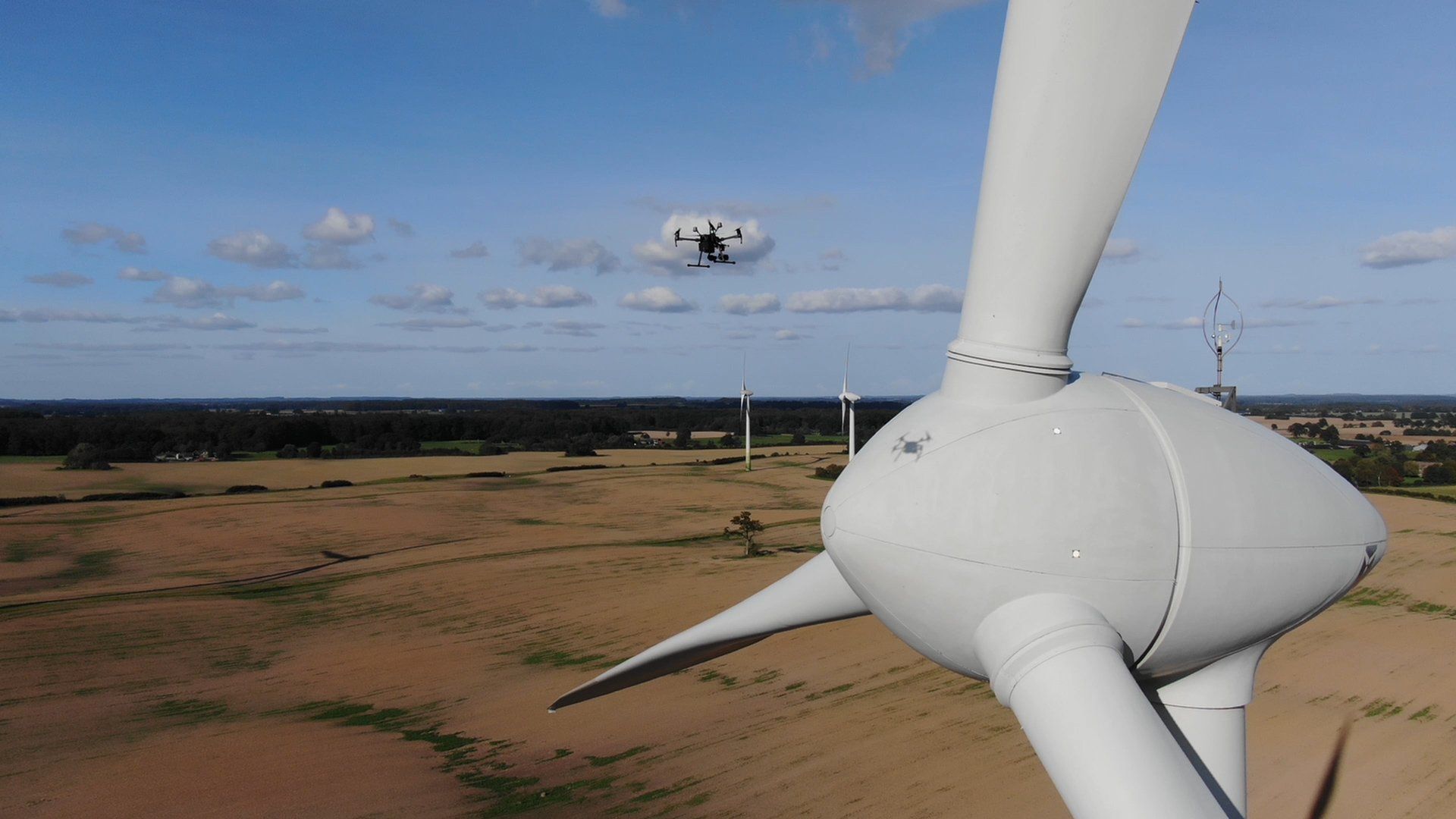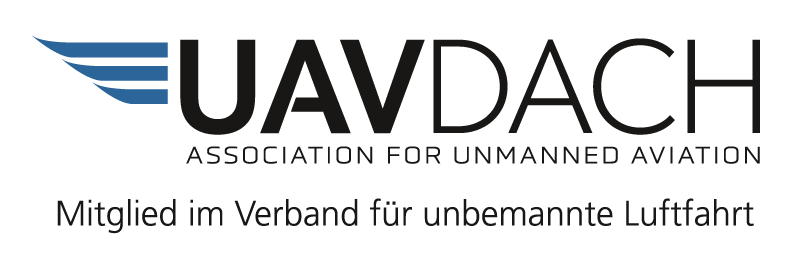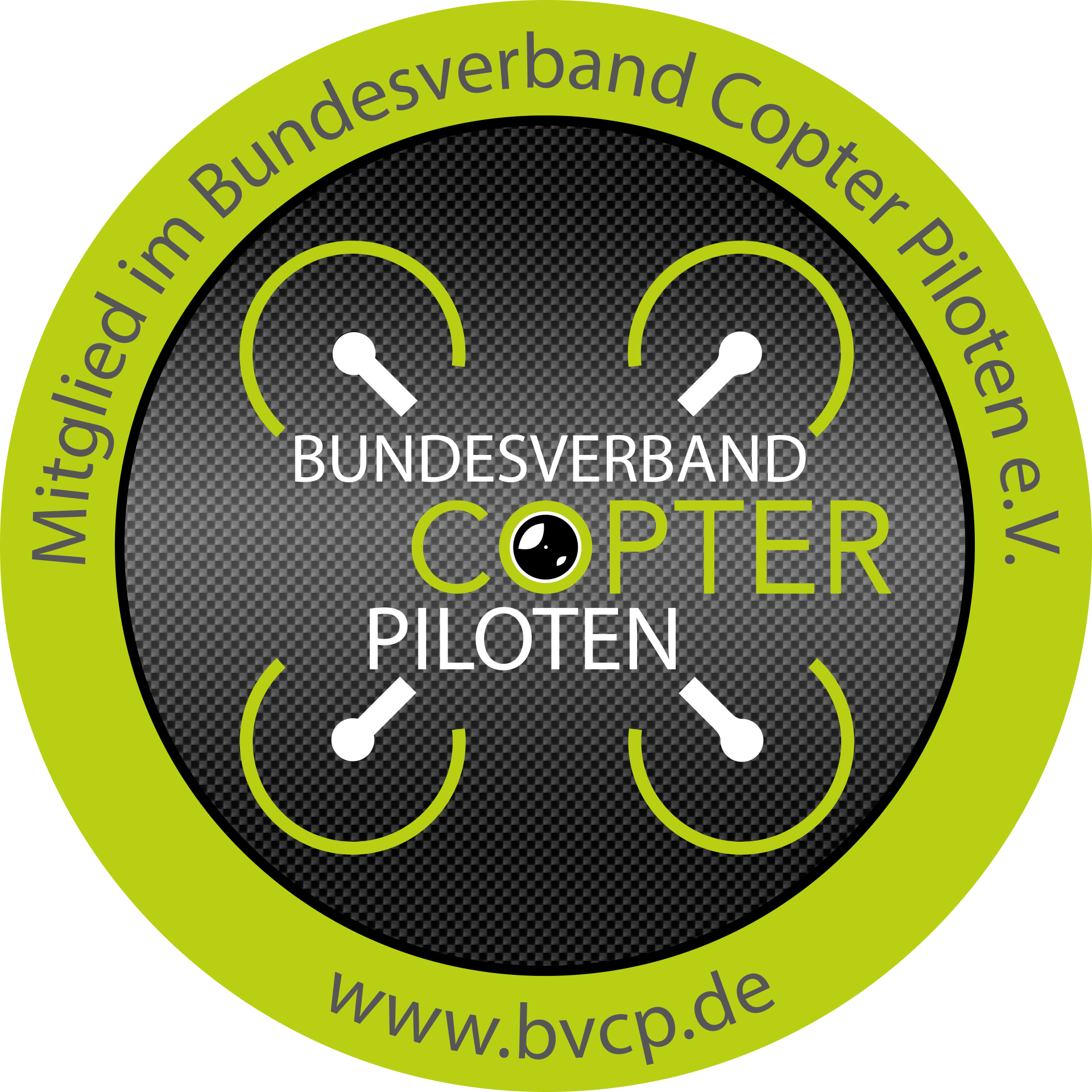02/23/2023
Additions to the use of drones on wind turbines onshore and offshore
The existing VDSI rule 02/2019 of the Renewable Energy department is again being adapted to the legal requirements.
On the basis of the Act on the Adaptation of National Regulations to the Implementing Regulation (EU) 2019/947 of the Commission of May 24, 2019 on the regulations and procedures for the operation of unmanned aircraft § 21h regulations for the operation of unmanned aerial vehicles in geographical areas according to the implementing regulation ( EU) 2019/947 paragraph 3. Operators can thus issue autonomous operator approval within the GEO zone of wind turbines and wind farms.
The VDSI rule 02/2019 describes a rule for the safe and activity-related use from the point of view of a drone pilot, an entrepreneur, a manufacturer and an operator of a wind turbine (WEA) onshore/offshore. It thus forms a standard template for all areas of application on a wind turbine and wind farm.
A prerequisite for the implementation of an independent operator approval is participation in a certified training system with theoretical and practical parts in the field of drone flight, SORA, ConOps and occupational safety and security management wind energy.
In the revised VDSI rule 01/2013, the content of "Occupational safety instructions and training in wind energy" is explained in the supplementary modules 13a "Drone pilots - category special - on onshore/offshore wind turbines" and 13b "Responsible operator approval - category special - on wind turbines on -/Offshore” describes further information.
For the most part, these recommended standards can also be applied to industrial sectors such as energy supply (conventional/nuclear generation, photovoltaic systems), petroleum and chemical industries....
The aim is to create a uniform regulation for threats across the EU. To this end, a commission of the EASA (European Aviation Safety Agency) has drawn up a draft law that standardizes (harmonizes) the rules and regulations for drone operations in the EU. The VDSI rule 02/2019 describes a rule for the safe and activity-related use from the point of view of a drone pilot, an entrepreneur, a manufacturer and an operator at a wind turbine on / offshore (wind turbine). It thus forms a standard template for all areas of application on a wind turbine.
With the help of this VDSI rule, a uniform standard for the safe use of drones on wind turbines on / offshore is to be created. The approving authority (responsible aviation authority) issues a general operating license to fly with UAS to wind turbines if the requirements are met. Individual ascent permits may be required for the use of drones on wind turbines at special locations (e.g. near industrial plants or no-fly zones). The prerequisite for this general operating license is participation in a certified training system with theoretical and practical components in the area of drone flying, SORA (Specific Operational Risk Assessment) and occupational health and safety management for wind energy. These recommended standards can for the most part also be transferred to the industrial sectors, such as Energy supply (conventional / nuclear generation, photovoltaic systems), petroleum and chemical industry….
In the revised VDSI rule 01/2013 "Contents of occupational safety instructions and training in wind energy" are in the supplementary modules 13a "Drone pilots - Category Special - on wind turbines on / offshore" and 13b "Operator certificate for LEICHT-UAS (LUC) - Category special - on wind turbines on- / offshore "further information.

The safe use of drones on wind turbines
At wind turbines drones are used more and more often. Due to the high efficiency manufacturers and operators know about the technical possibilities of professional drone use. For the maintenance and assessment of wind turbines, rope access technicians, working baskets and lifting platforms are currently being used. This means a huge effort. Climbing aids must be installed, the wind turbine switched off for several hours and then dismantled the climbing aid again.
When using cable access technicians, this means an immense effort, which costs time and money. When using drones, the effort is minimal. No one has to go up to see the rotor blades, as the drone rises with ease and delivers real-time high-resolution images of every technical detail. Numerous points speak therefore for the use of drones for the examination of wind energy plants. The fact that the entire survey can be carried out from the air makes risky service calls superfluous and creates the basis for minimum shutdown times. In this way, an optimized cost efficiency is achieved.
Risk assessment for fire damage to a wind turbine
Especially in the initial assessment of a fire damage to a WEA caused by the necessary use of a crane often extremely high costs. Before preparing the risk assessment, AuG Kiel also uses aircraft drones for the initial assessment to record the damage in addition to video and photo cameras. Thus, the risks to be included in the dismantling and the handling of hazardous substances can be estimated and the avoidance of environmental damage taken into account.









